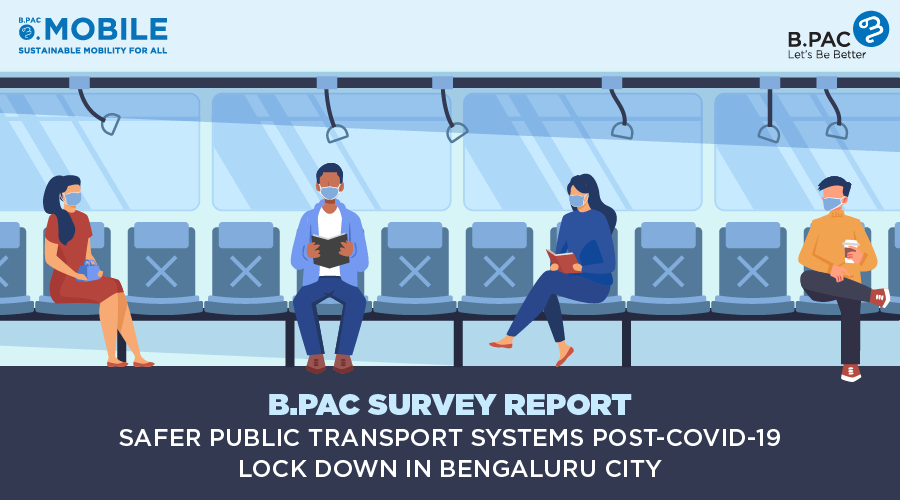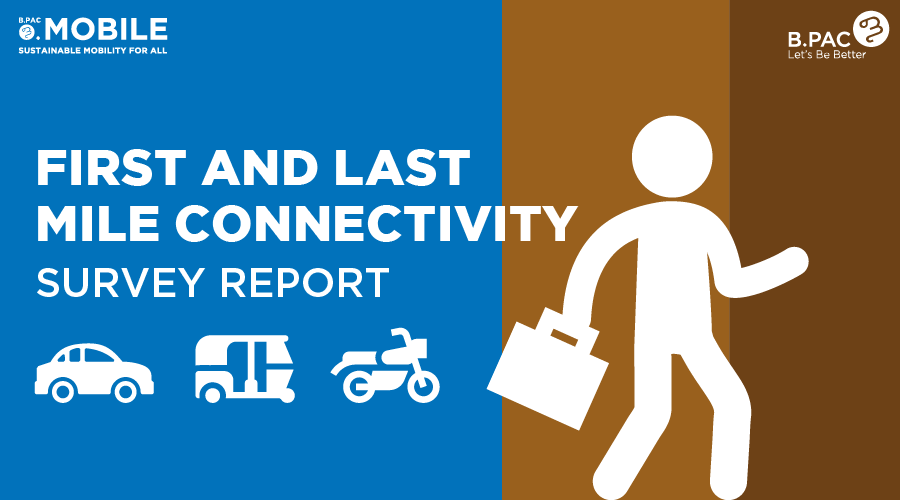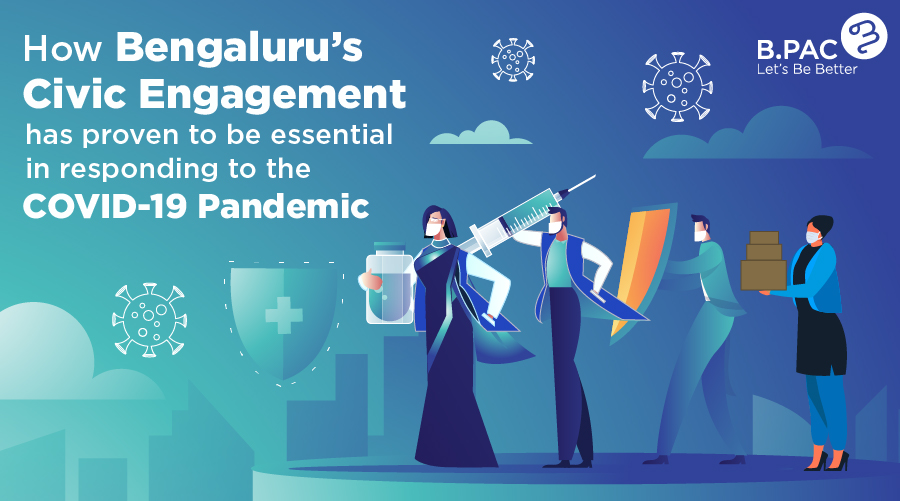Livelihood Cyclists Survey
Cycling is one of the most sustainable modes of transport with zero dependence on fossil fuels, zero emissions making it an affordable transport option. Bicycles have always played an important role in the informal sector, especially in supporting the livelihood and mobility among urban poor. It is an easy transport option and allows people to carry out their business with low expense outlay making it accessible to people who work for security agencies, household service providers, delivery companies, vendors and individuals like factory workers, sweepers, newspaper distributors, petty shops service boys and others. Bicycles can play a significant supportive role in providing better and equitable access to jobs and economic activity, providing livelihoods, increasing school enrollments, gender empowerment and enabling a faster access to health facilities.
There is a huge technology gap across all product segments, making cycles manufactured in India, uncompetitive in terms of price, safety and quality. Also, there’s a perception that cycling is unsafe and is a poor man’s mode of transport, which is also one of the reasons why cycling is not a preferred mode of transport as incomes rise. Bengaluru is no exception to this trend.
The survey had 604 respondents in the category of livelihood cyclists who were chosen at random from each of the 8 zones across the city of Bengaluru. The survey was conducted with the help of a questionnaire, which was designed by Bangalore Political Action Committee in collaboration with DULT. The survey questionnaire includes basic information on livelihood cyclists, their travel pattern, challenges and encouraging factors for cycling.
The aim of this study is to understand the challenges faced by the livelihood cyclists in Bengaluru and their travel patterns and the important motivators for use of cycling as the primary mode of transport. The study also aims to understand the needs and requirements of the cyclist while he/she is riding the cycle across the city, to understand their concerns regarding traffic on the roads, parking facility and other infrastructure. We expect the insights from the study to provide guidance for the design of relevant cycling infrastructure and suggest potential solutions for the concerns expressed by this target group of livelihood cyclists.
The respondents for the survey were from the low-income group. The sample target was broadly categorized into two groups-
1.Livelihood cyclists
2.Non-Bicycle user (likely to use for livelihood)
Below are the Key highlights from the survey:
Livelihood cyclists
1.Concentration of livelihood cyclists
Livelihood cyclist respondents were majorly found in Bommanahalli, Bengaluru South, Bengaluru West and Mahadevapura Zones of Bengaluru.
2.Using cycle as primary mode of transport
Over 96% respondents used bicycles as a primary mode of transport. 73% use bicycles for the entire commute and only 27% use it as the first and last mile mode of commuting.
3.Monthly income v/s the total cost per month for all modes of transport
92% of the respondents whose monthly income is less than Rs 5000 spend upto Rs 500 per month for all modes of transport combined.75% of the respondents with monthly income Rs 5000 to Rs 10000 spend upto Rs 500. whereas only 65% respondents with monthly income more than Rs 10,000 spend upto Rs 500.
4.Ownership of cycle
Nearly 94% of respondents owned cycles while 6% hired it on a rental basis for commuting to their workplaces.
5. Frequency of cycle usage for transportation
96% of the respondents used their cycles daily to commute. The frequency of cycle usage for daily commuting was highest among unskilled workers at 100% and lowest among skilled workers 93%.
6. Reasons for using cycle for transportation
84% of the respondents cited “saving money” as one of the main reasons for using cycles while less than 26% cycled to work for its health benefits.
7. Distance of residence from primary job location
Around 72% respondents had to travel for less than 4 Km by cycle from their residence to their primary job locations.
8.Distance covered for Sales and Marketing/ Delivery (SMD) jobs
95% of the respondents with SMD jobs travelled within 8 Kms everyday (0 to 4 Kms -73% and 4 to 8Kms – 22%) while around 5% had to travel more than 8 Kms by cycle.
9.Challenges faced while cycling
62.13 % of the respondents cited absence of proper infrastructure and dedicated cycling lanes as the major concern while 13% feel upset at the unruly behaviour of other drivers. Other worries included probability of theft of their cycles (19%) and bad weather (32%).
10.Unsafe locations for livelihood cyclists
The most unsafe locations cited by livelihood cyclist respondents are Hoodi circle, ITPL Main Road, Kundalahalli Junction, Bellandur Signal and Sarjapur Main Road which are congested and witness dense traffic.
11.Willingness to use cycle for transportation
A whopping majority of the respondents (97%) were willing to use cycles as their primary mode of transport everyday if it were made safe and convenient.
12.Encouraging factors for using cycle
Better streetlights, dedicated cycle lanes and parking emerged as the top three factors that would encourage them to use cycling as their primary mode of transport.
79.28% of the respondents cited better streetlights as extremely important/very important. 45% felt dedicated cycle lanes were extremely important/very important. 25.06% felt the need for exclusive cycle parking spaces in markets and offices.
Non-Bicycle user (likely to use for livelihood)
1.Modes of transport use for daily commute
70% of the non-bicycle users rely on BMTC buses for their daily commute whereas only 1% rely on the metro.
2.Reasons for not cycling
There were slight differences in the concerns expressed by women regarding cycling as compared to men. When women non cyclists were asked the reason for not cycling, about 71% opined that they feel unsafe while cycling in traffic with motorists whereas in case of men, 73% cited lack of infrastructure as the reason for not cycling.
3.Encouraging factors to shift towards using cycle
Non cyclist respondents also had similar reasons as encouraging factors for cycling – namely better street lighting and parking.
- 70% said better street lighting was extremely important/ very important
- 48% cited designated cycle lanes as extremely important/ very important
- 26% of them felt exclusive cycle parking spaces in markets and offices as extremely important/very important
Key Recommendations
- Budgetary allocation for making streets safer for cycling
- Better street lighting, safer junction crossing, better enforcement of lane discipline and designated parking areas for bicycles are encouraging factors to shift from motorized transport to cycling.
- Budgetary allocation for communication that educates citizens on health and environment benefits of cycling
- Changing the narrative from cycling perceived as a “poor person’s commute mode” to an “aspirational mode of commute”
- Special schemes to encourage women to cycle
- Special schemes for affordable ownership of bicycle
Insights from the survey




